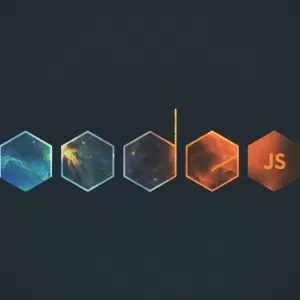How to start Node.js app windowless in Windows
Node.js is getting more popular by the day. It breaks JavaScript free from the browser. I would love to auto start an application – much like a Windows service – without keeping a console window open. There are many services to wrap node applications into an executable, but I like to stick with just Node. This small trick will make your Node application windowless on Windows.







